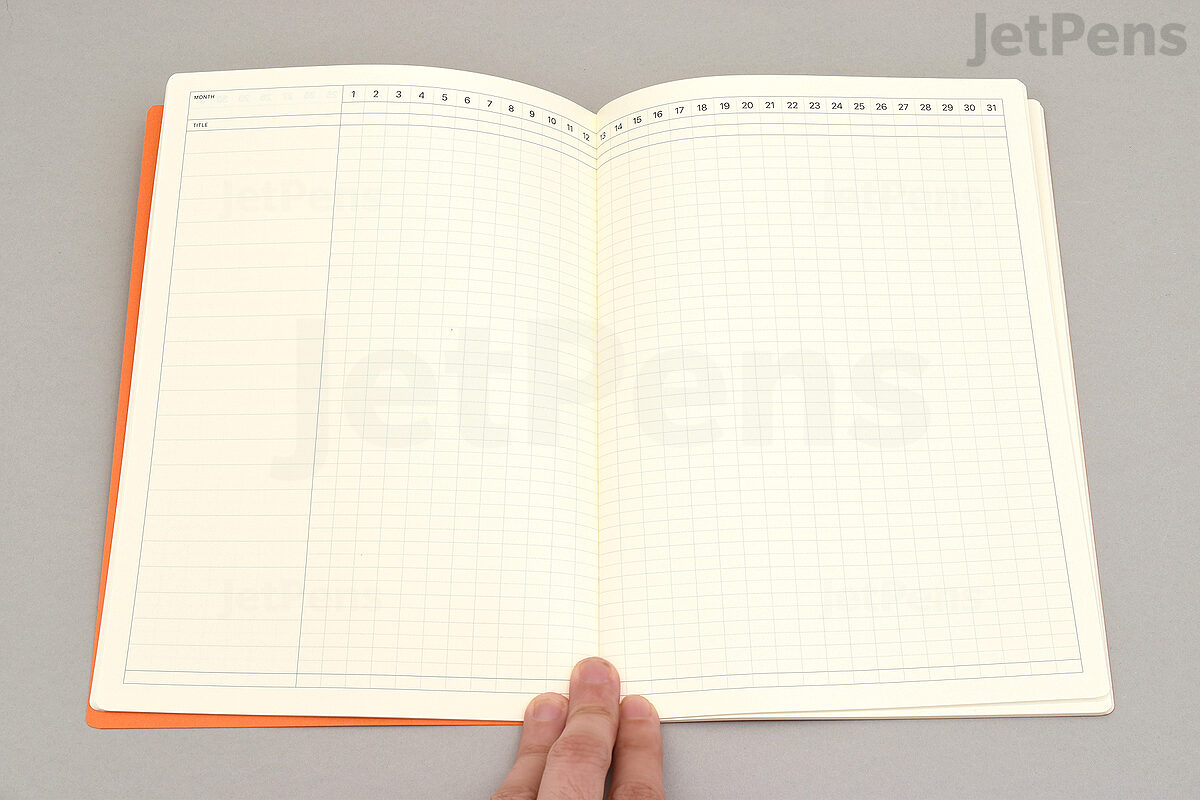In Fowkes, the 'form of appearance' or the Erscheinungsform.
Exchange value is the 'form of appearance' of something contained in it, yet distinguishable from it--this 'third thing' will turn out to be 'socially necessary labor time'.
Book Two of Hegel's Science of Logic, the Doctrine of Essence, begins with a chapter on 'Der Schein,' which appears in A.V. Miller's translation as "Illusory Being" (Hegel, Science of Logic, trans. by A.V. Miller, pp. 393-408).
Here, Hegel describes "schein" as "reflected immediacy, that is immediacy which is only by means of its negation and which when contrasted with its mediation is nothing but the empty determination of the immediacy of negated determinate being," (p. 396).
Hegel goes on to remark that "Schein" is "the phenomenon [Phänomen] of skepticism, and the Appearance [Erscheinung] of idealism," (p. 396).
In describing exchange value as the 'Erscheinungsform' of 'something contained in it, yet distinguishable from it'--which will be labor--Marx is clearly flirting with the terminology surrounding "Illusory Being" in the Science of Logic, which suggests labor as the 'thing-in-itself' of the exchange value. Exchange-value is the reflected immediacy that conceals the congealed labor that it is its essence.
The passage as a whole is suggestive of how exchange value will wend its way through Marx's demonstration, unfolding from itself determinations of itself.
Before presenting a long, difficult quotation from Hegel, I think the most straightforward way to present this reference to Hegel is to say present the argument as follows:
In Kantian idealism, we find that the 'thing-in-itself' cannot become an object of knowledge; consciousness only ever has immediate access to the form of appearance, the 'sensible form' of a 'thing-in-itself' which never presents itself to consciousness. In referring to the value form as the 'form of appearance' of something else which does not appear, Marx is saying that just as idealism subordinates the objectivity of the world to its appearance for consciousness, exchange-value represents immediately an essence that it suppresses, and implicitly, denies the possibility of knowledge of this essence.
Hegel writes, "Skepticism did not permit itself to say 'It is'; modern idealism did not permit itself to regard knowledge as a knowing of the thing-in-itself; the illusory being of skepticism was supposed to lack any foundation of being, and in idealism the thing-in-itself was not supposed to enter into knowledge. But at the same time, skepticism admitted a multitude of determinations of its illusory being, or rather its illusory being had for content the entire manifold wealth of the world. In idealism, too, Appearance [Erscheinung] embraces within itself the range of these manifold determinateness. This illusory being and this Appearance are immediately thus manifoldly determined. This content, therefore, may well have no being, no thing or thing-in-itself at its base; it remains on its own account as it is; the content has only been transferred from being into an illusory being, so that the latter has within itself those manifold determinateness, which are immediate, simply affirmative, and mutually related as others. Illusory being is, therefore, itself immediately determinate. It can have this or that content; whatever content it has, illusory being does not posit this itself but has it immediately. The various forms of idealism, Leibnizian, Kantian, Fichtean, and others, have not advanced beyond being as determinateness, have not advanced beyond this immediacy, any more than skepticism did. Skepticism permits the content of its illusory being to be given to it; whatever content it is supposed to have, for skepticism it is immediate. The monad of Leibniz evolves its ideas and representations out of itself; but it is not the power that generates and binds them together, rather do they arise in the monad like bubbles; they are indifferent and immediate over against one another and the same in relation to the monad itself. Similarly, the Kantian Appearance [Erscheinung] is a given content of perception; it presupposes affections, determinations of the subject, which are immediately relatively to themselves and to the subject. It may well be that the infinite obstacle of Fichte's idealism has no underlying thing-in-itself, so that it becomes purely a determinateness in the ego; but for the ego, this determinateness which it appropriates and whose externality it sublates is at the same time immediate, a limitation of the ego, which it can transcend but which has in it an element of indifference, so that although the limitation is in the ego, it contains an immediate non-being of the ego." (p. 396-397).
In Lenin's notebooks on Hegel's Science of Logic, these sections provoke a considerable degree of excitement. Lenin's 'Conspectus of Hegel's Science of Logic' can be accessed via Marxists.org here:
https://www.marxists.org/archive/lenin/works/1914/cons-logic/ch02.htm



